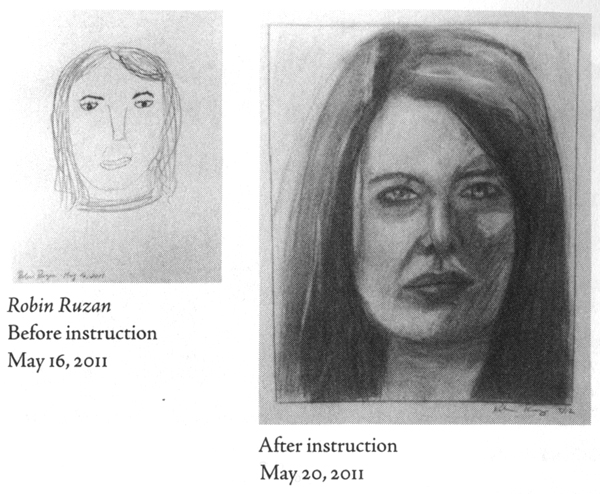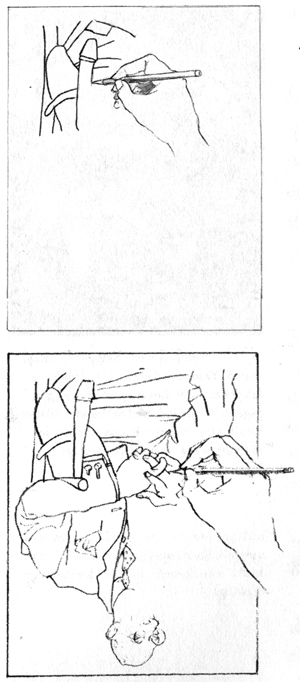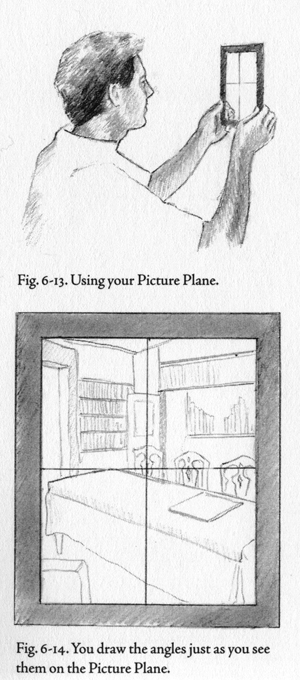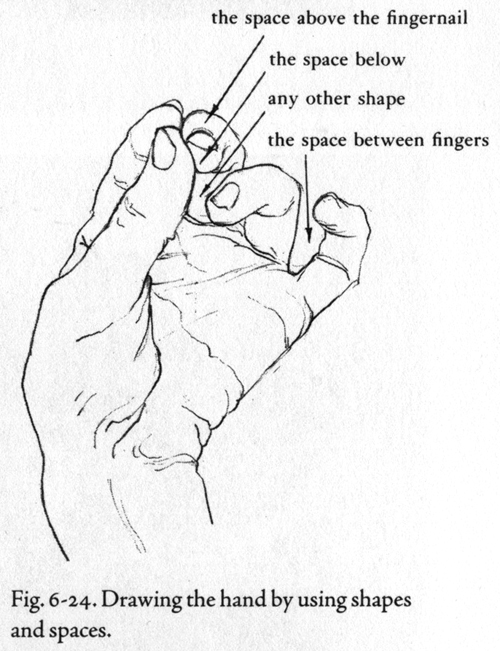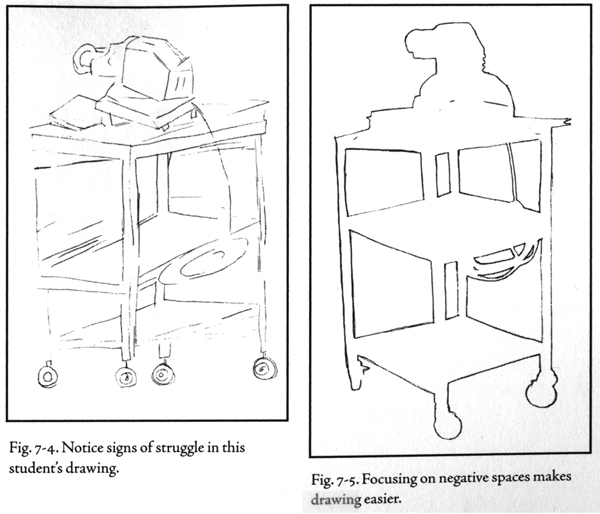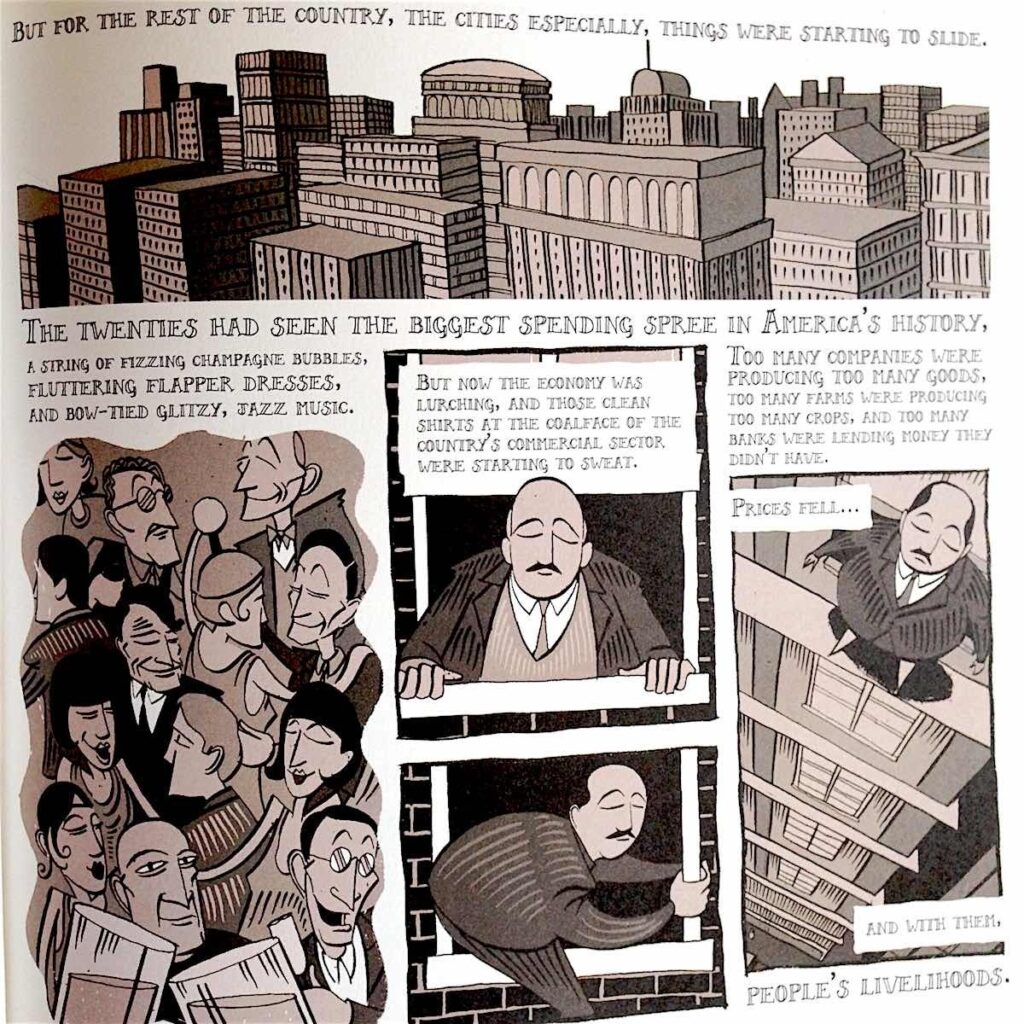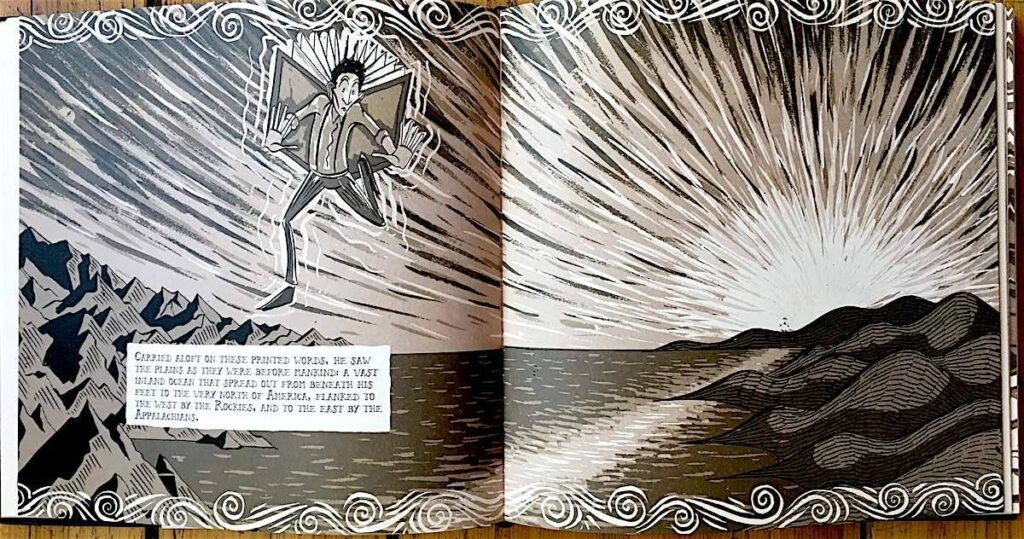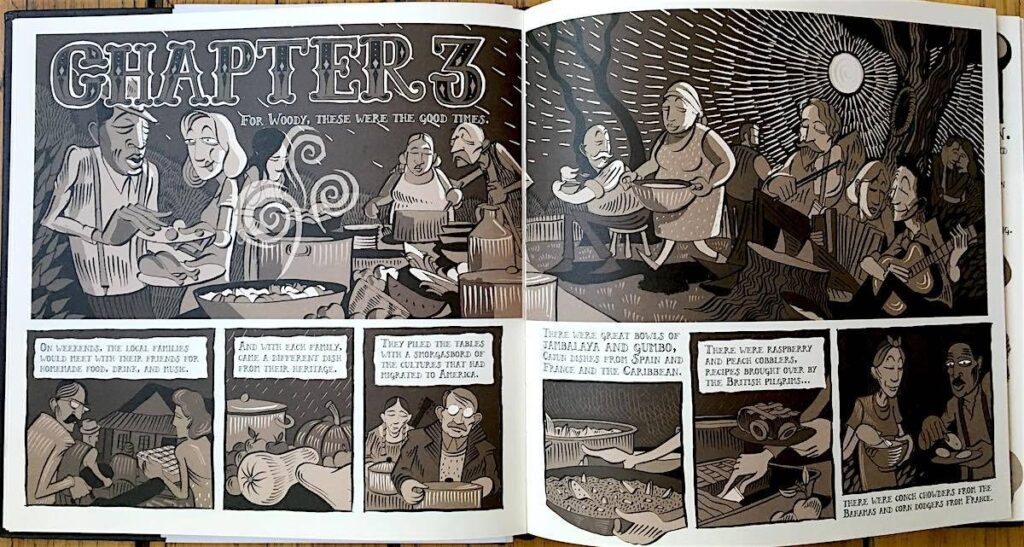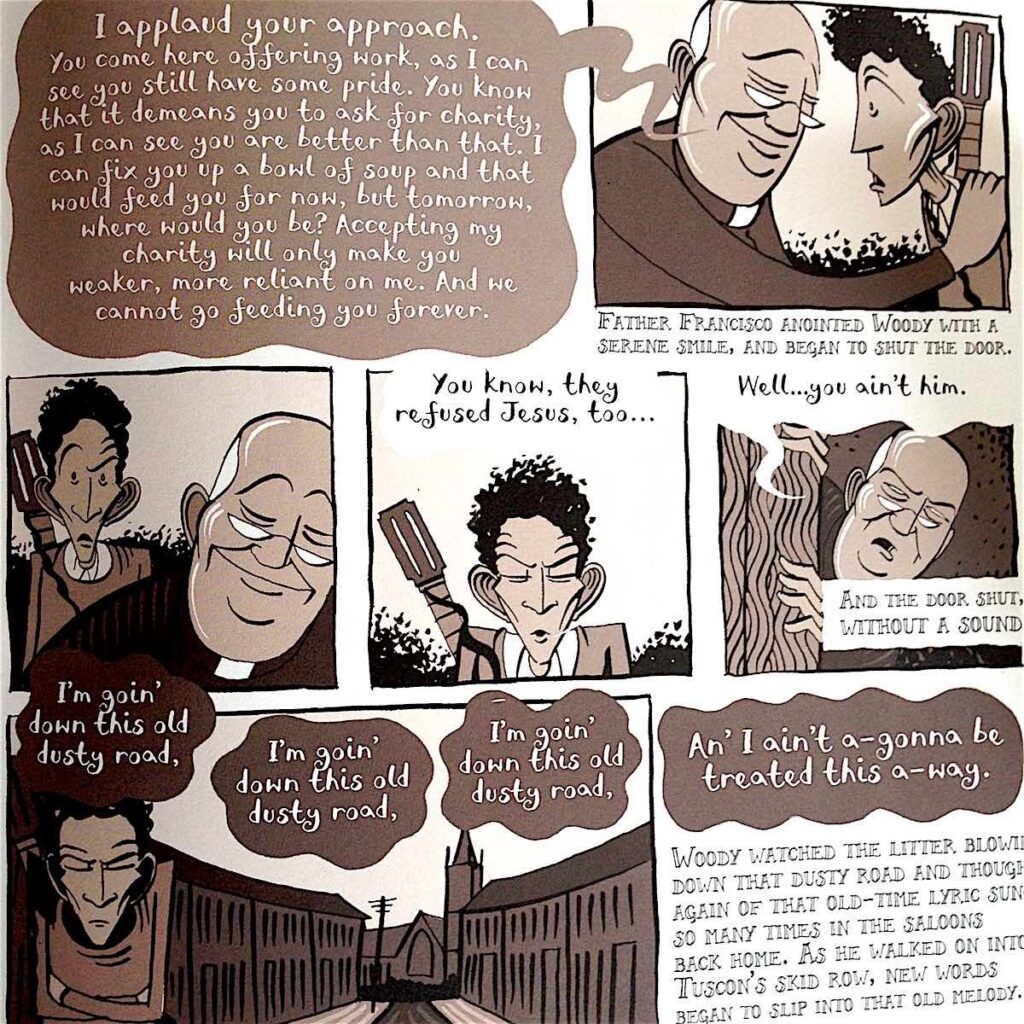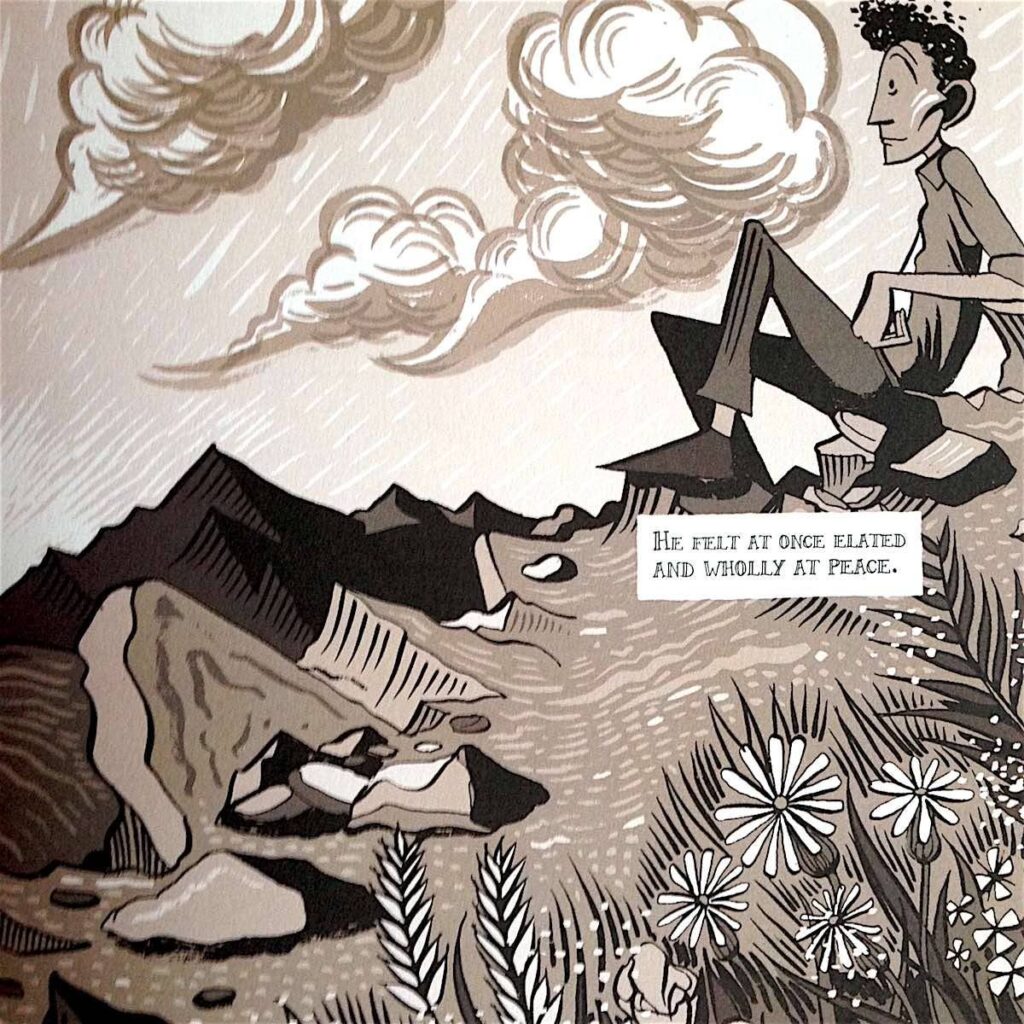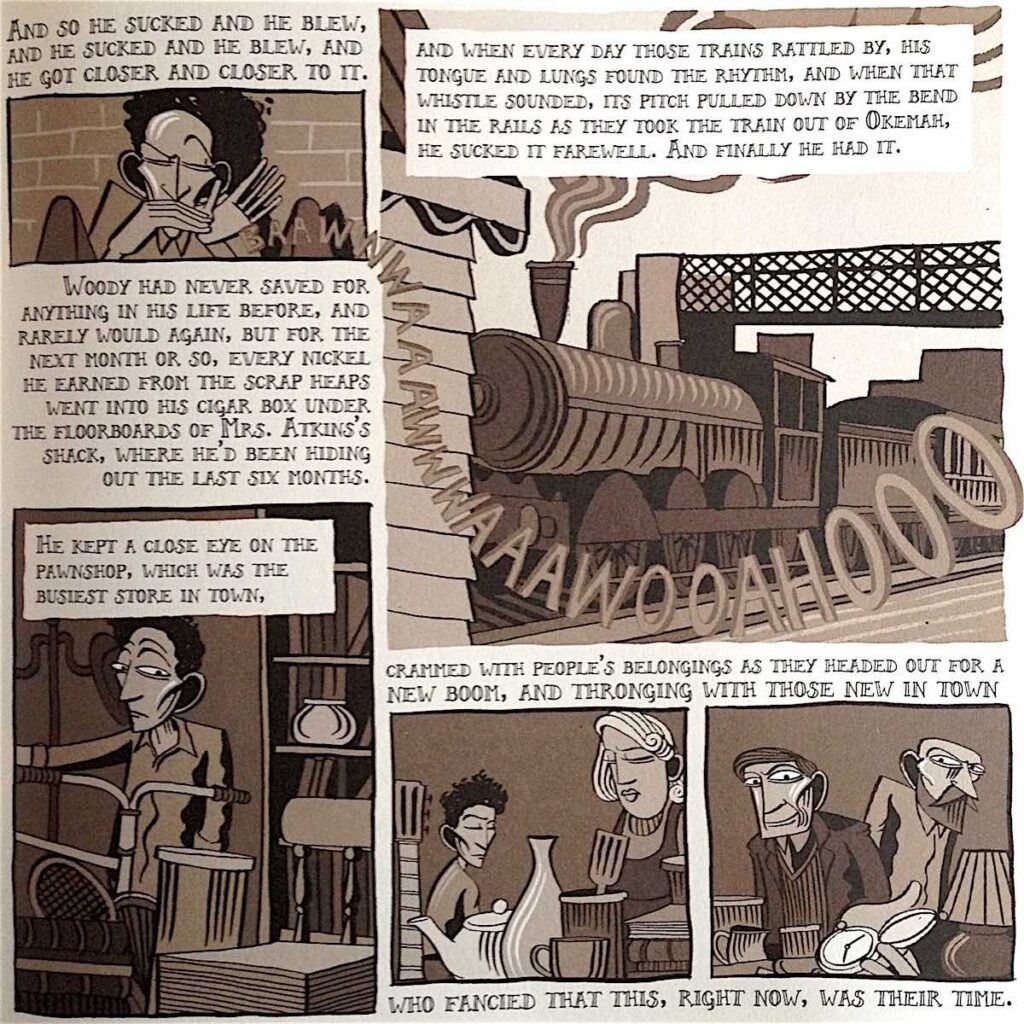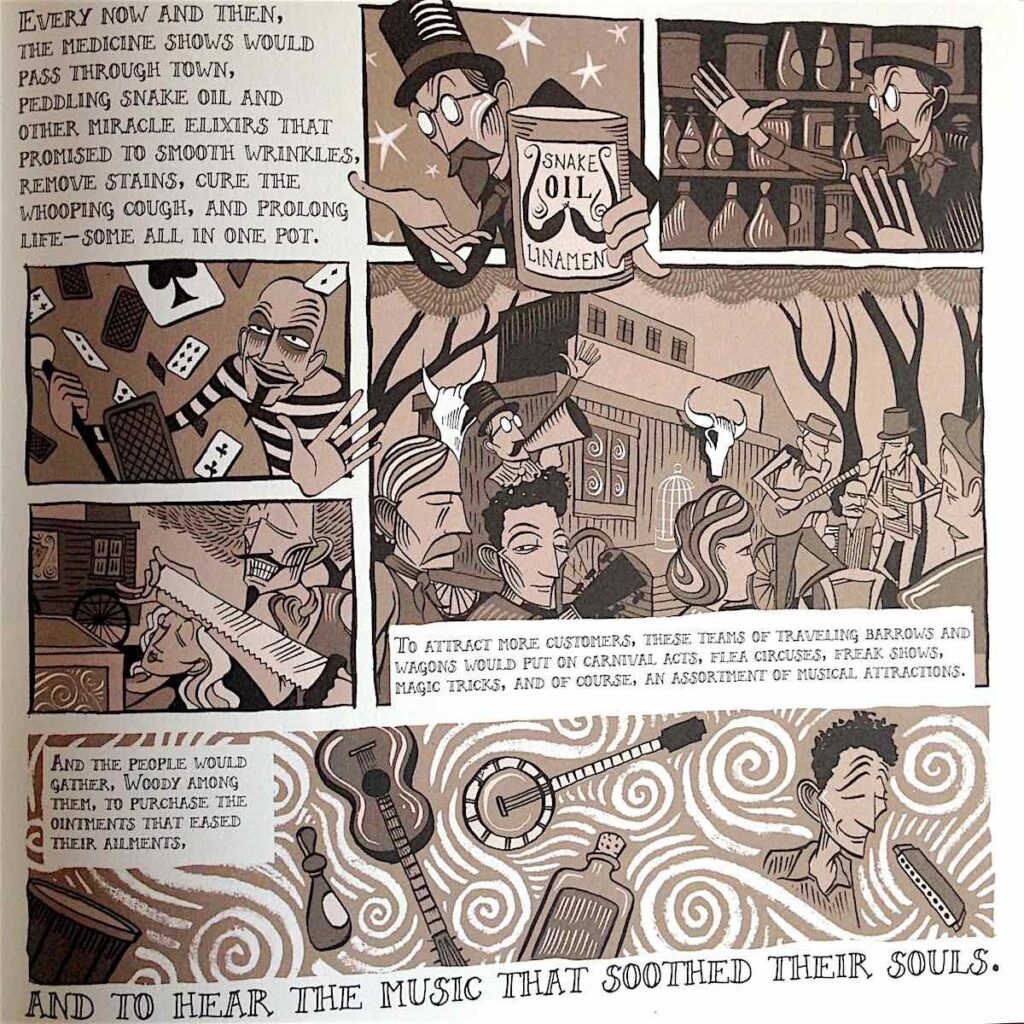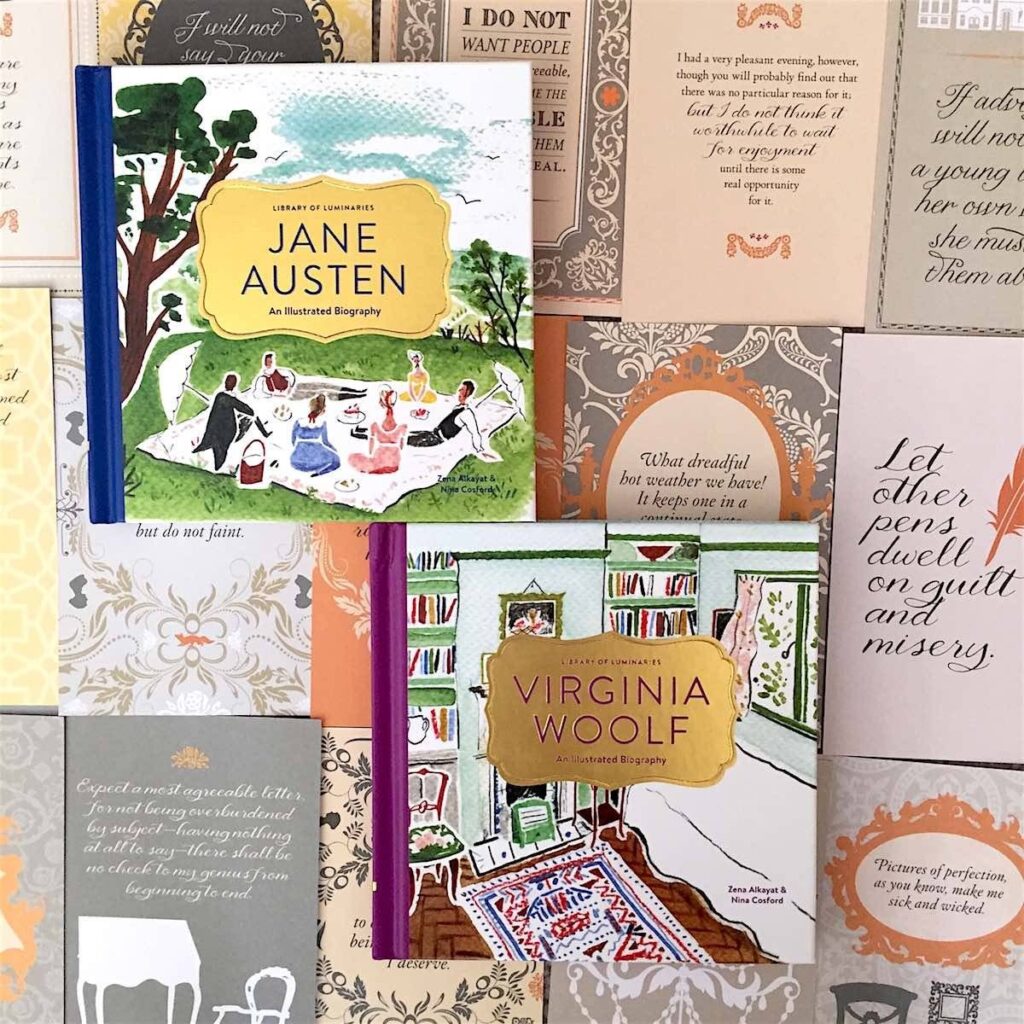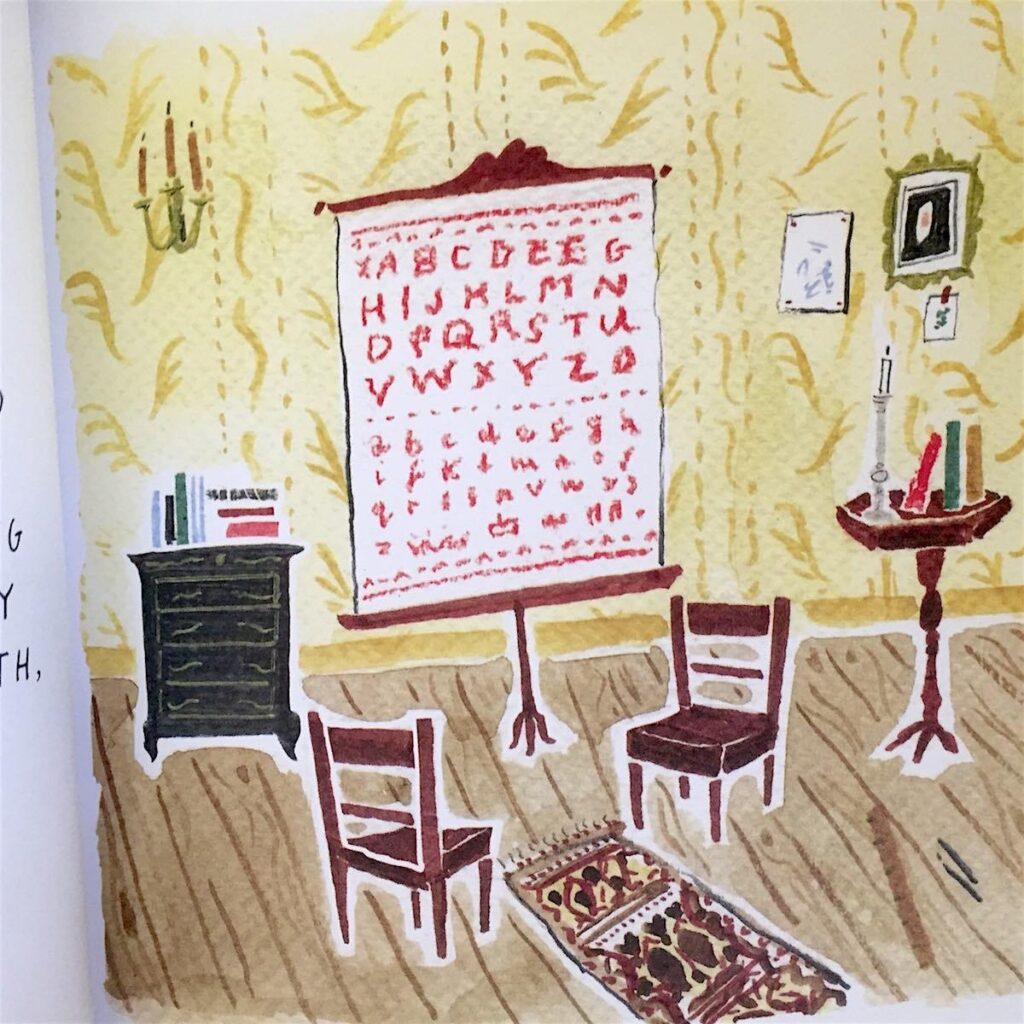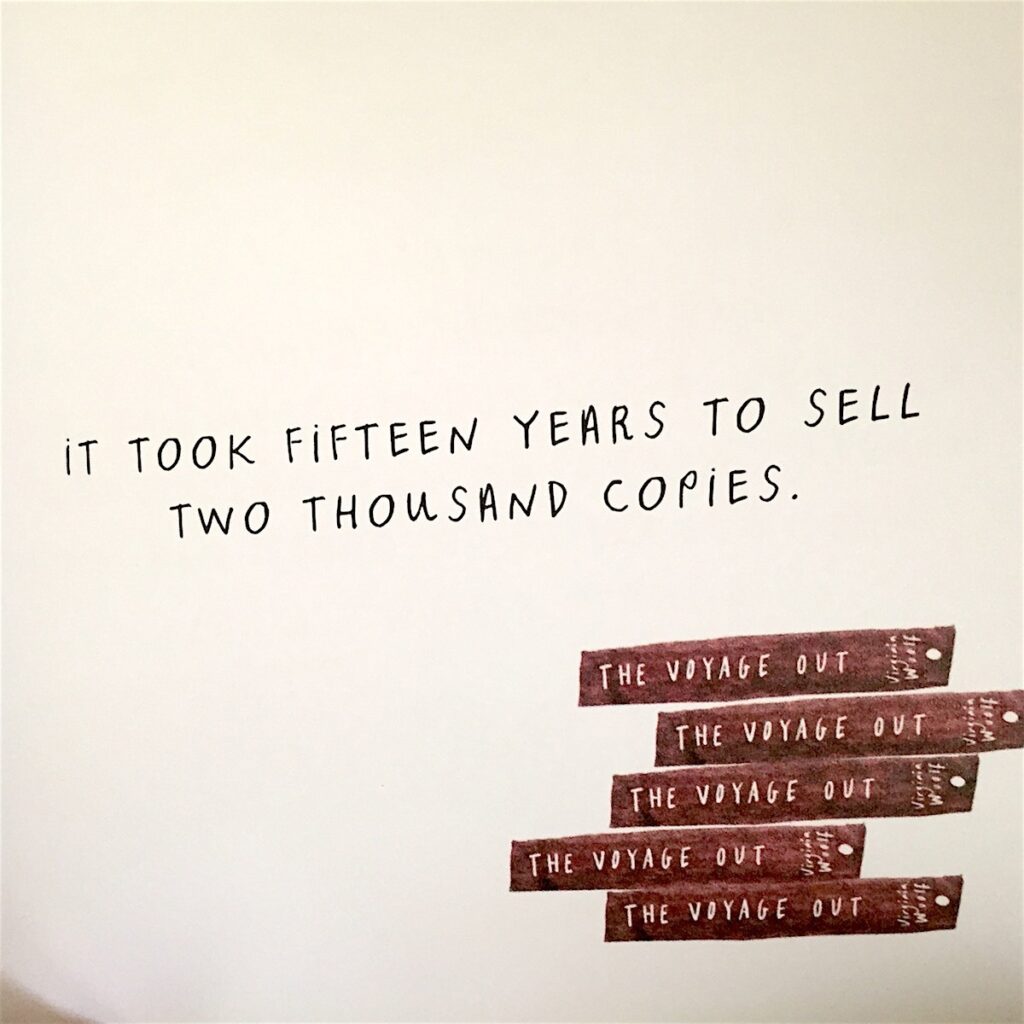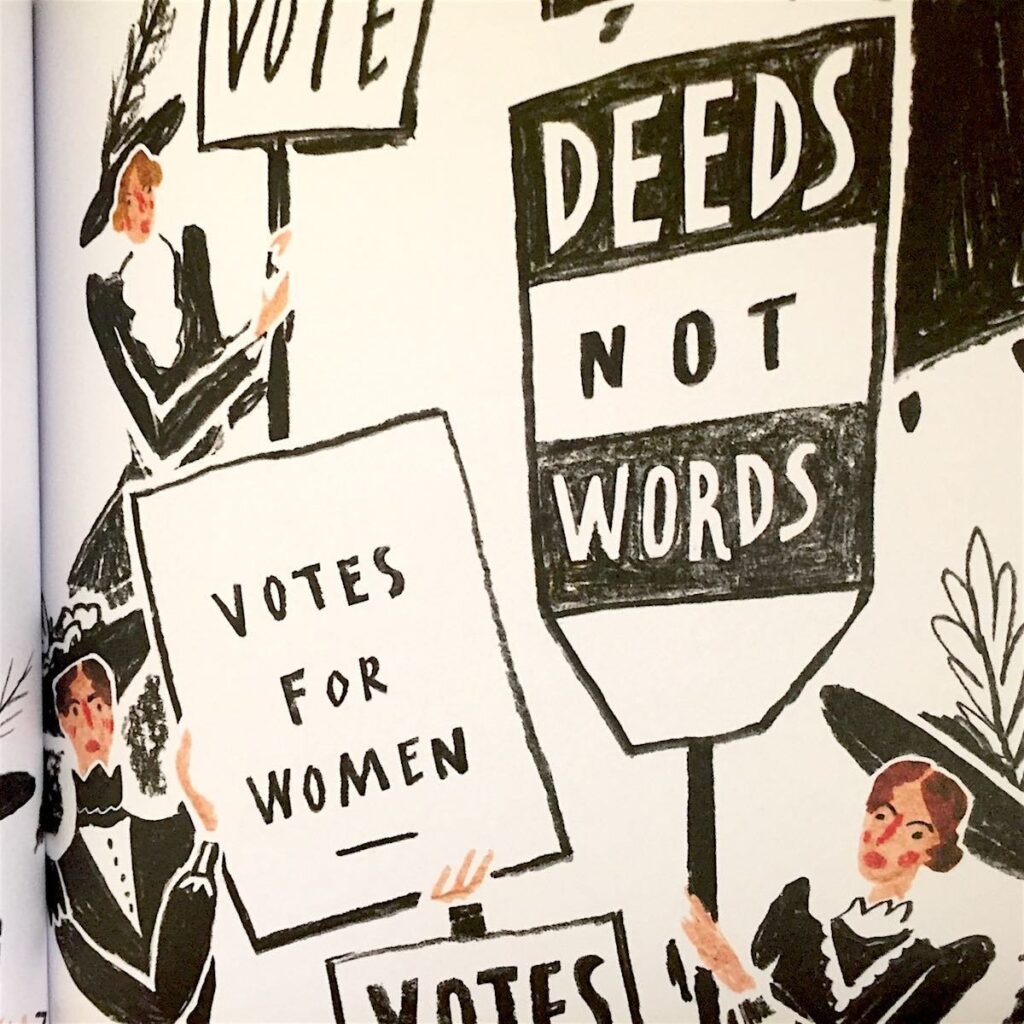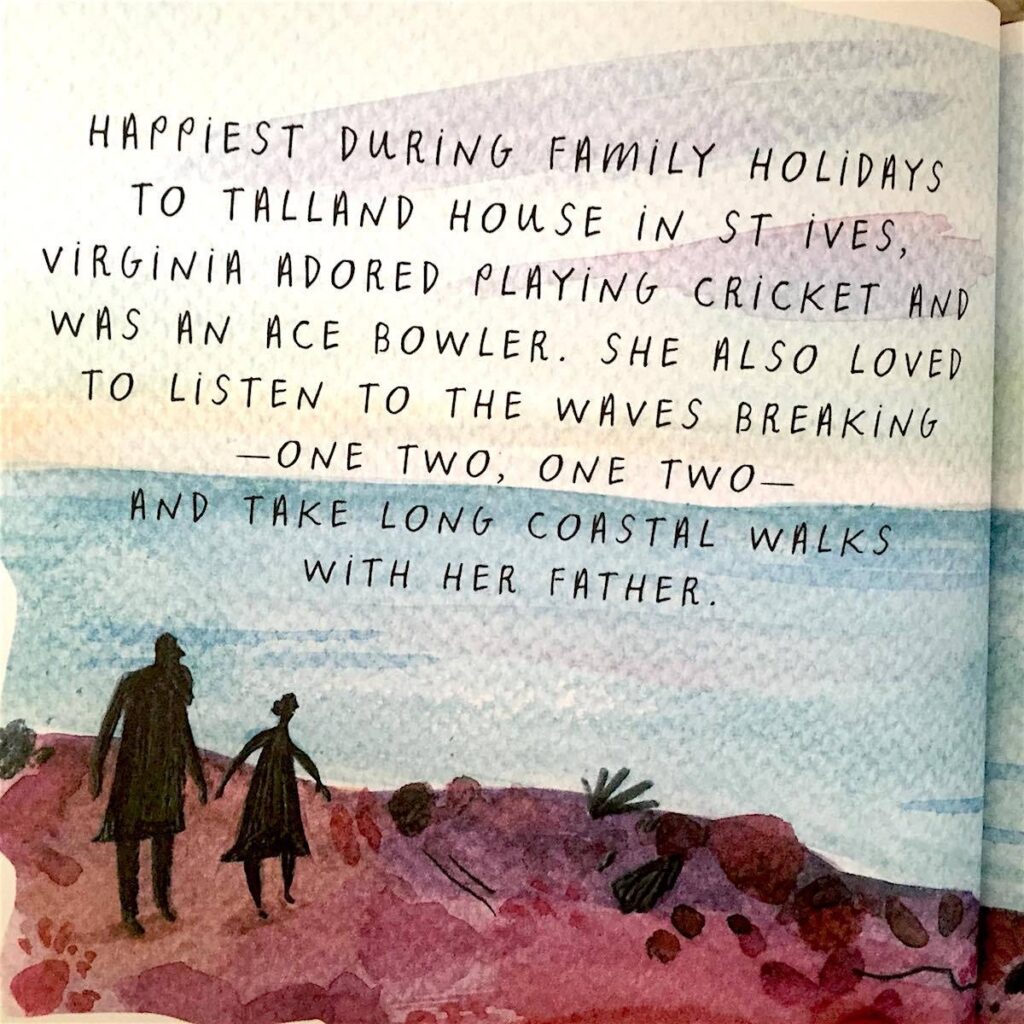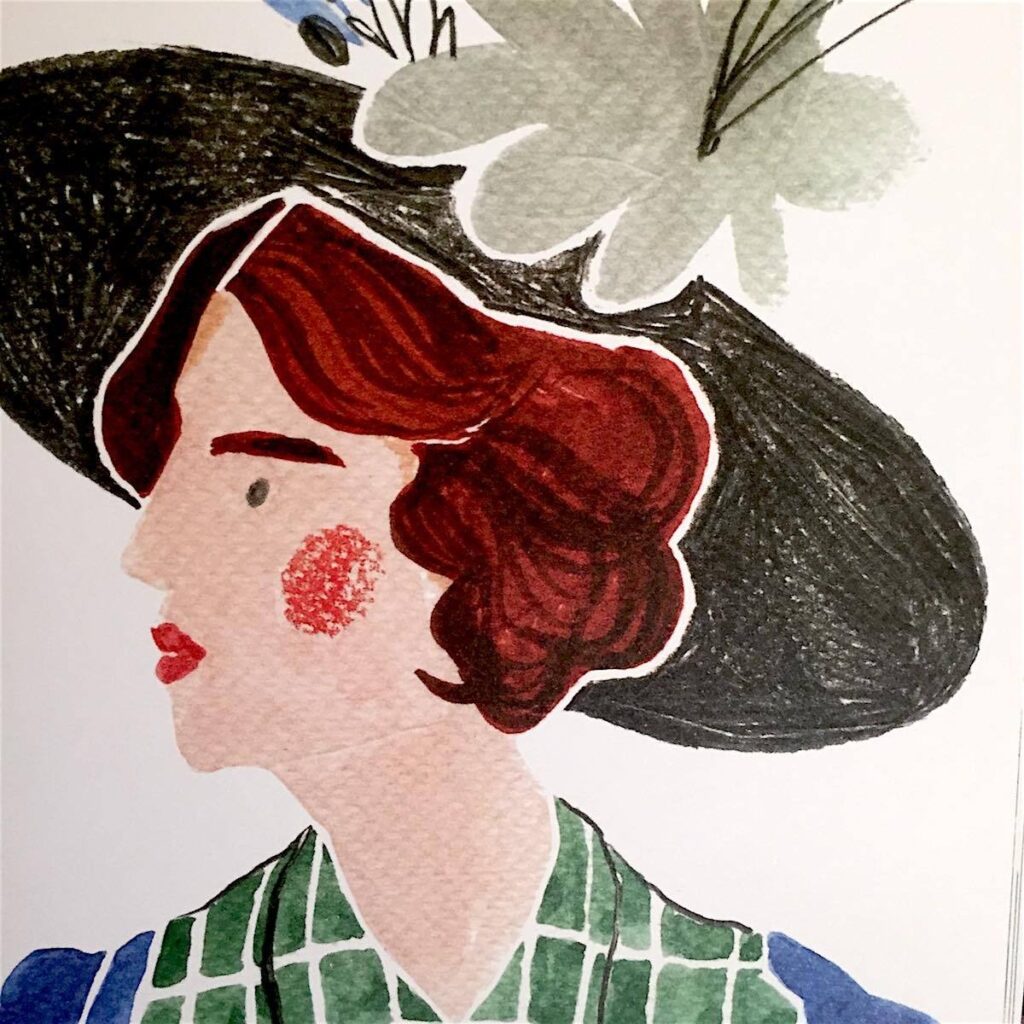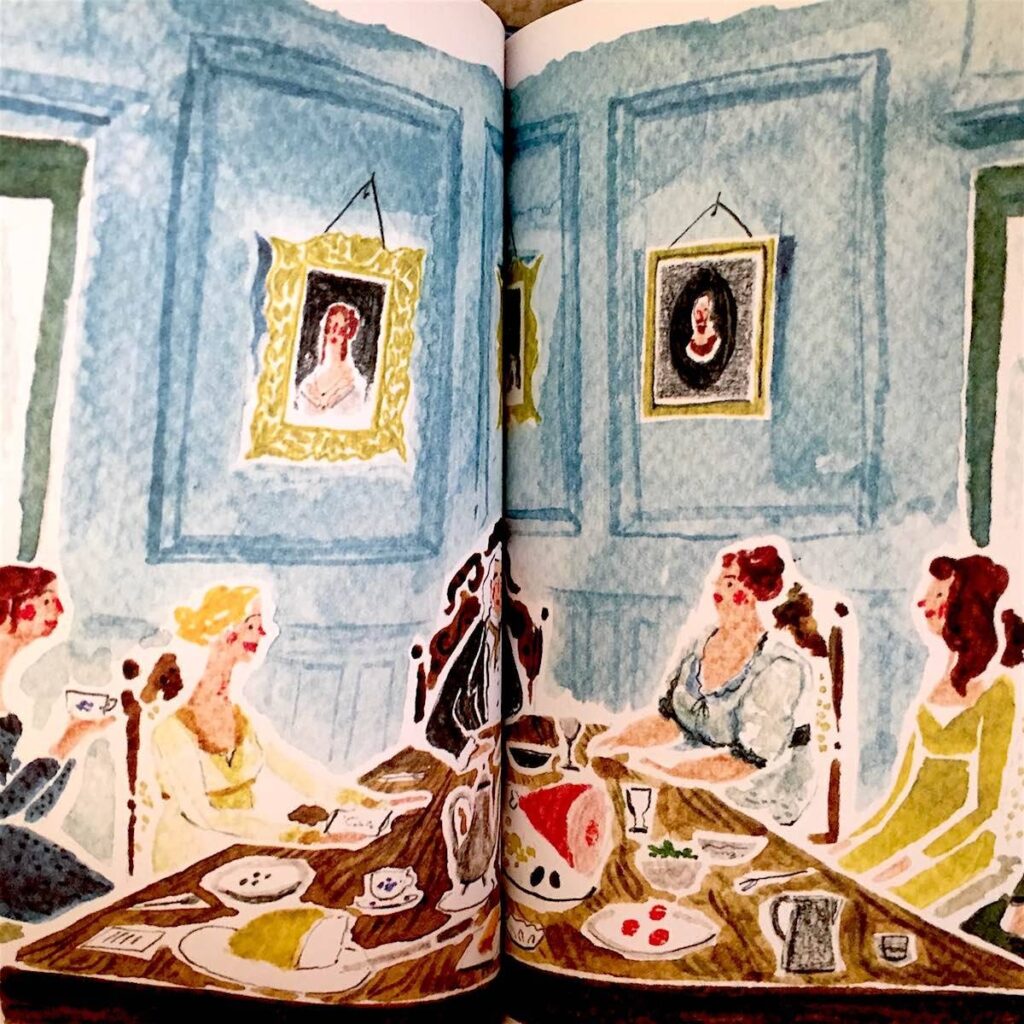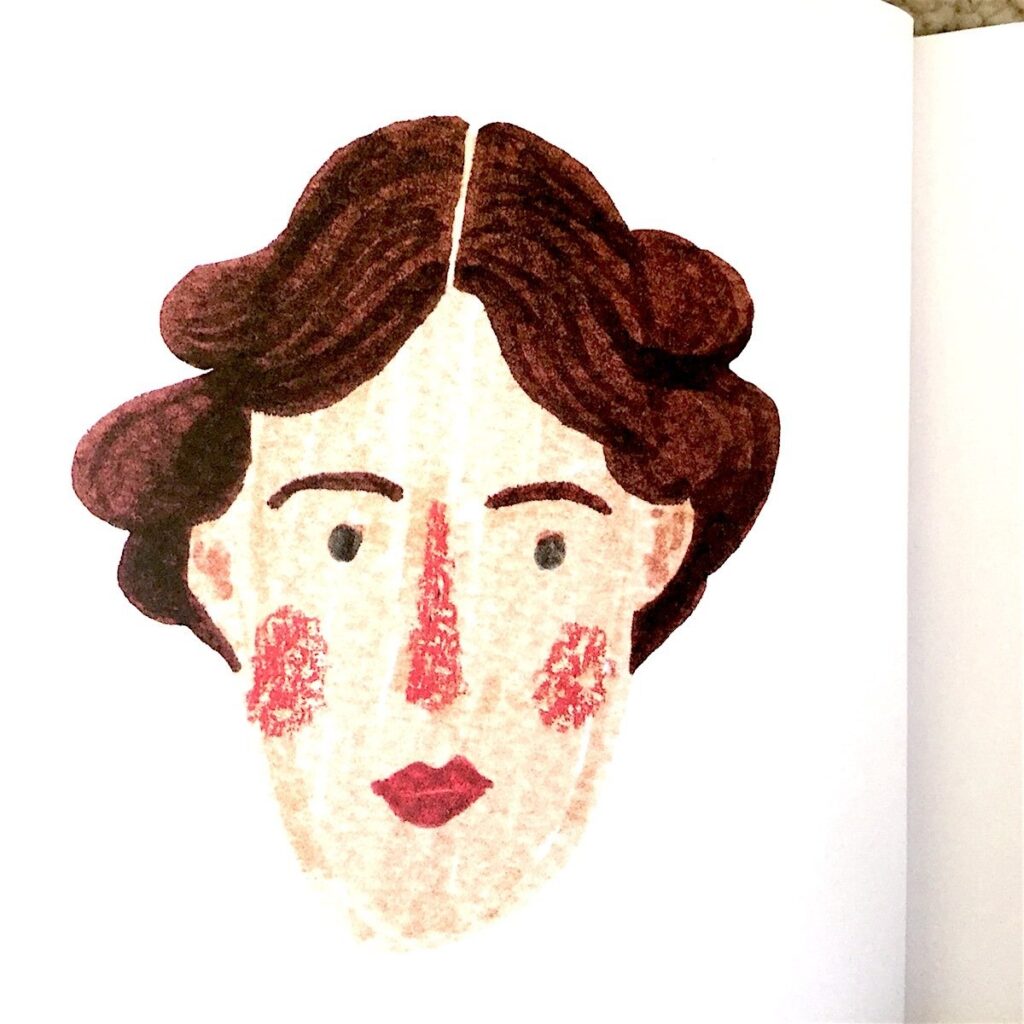Drawing on the Right Side of the Brain
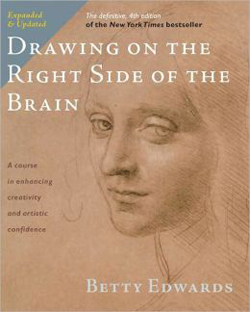
Best drawing teacher
Now in its fourth revision, this remains the best guide for learning how to draw. I used it with my son, and his progress was remarkable. It has also helped my own drawing skills. I actually looked forward to the exercises which are brilliant and fun. In order to draw you must learn to see, and that’s what this book teaches: how to perceive. Because this perception training relies on strengthening right brain activity, it can be transferred to any kind of creative work. In each edition over the past 30 years, the author has widened the skills she is teaching, so that this current version will improve your perception skills — essential for any kind of innovation — whether or not you ever sketch. And still, it remains the best teacher for anyone — yes, anyone! — learning to how to draw.
06/14/13Excerpt
A caution: as all of our students discover, sooner or later, the left hemisphere is the Great Saboteur of endeavors in art. When you draw, it will be set aside--left out of the game. Therefore, it will find endless reasons for you not to draw: you need to go to the market, balance your checkbook, phone your mother, plan your vacation, or do that work you brought home from the office.
What is the strategy to combat that? The same strategy. Present your brain with a job that your left hemisphere will turn down. Copy an upside-down photograph, regard a negative space and draw it, or simply start drawing. Jogging, meditation, games, music, cooking, gardening--countless activities also produce a cognitive shift. The left hemisphere will drop out, again tricked out of its dominance. And oddly, given the great power and force of the left hemisphere, it can be tricked over and over with the same tricks.
*
Drawing is a curious process, so intertwined with seeing the that the two can hardly be separated. The ability to draw depends on one's ability to see the way an artist sees. This kind of seeing, for most people, requires teaching, because the artist's way of seeing is very specific and very different from the ways we ordinarily use vision to navigate our lives.
Because of this unusual requirement, teaching someone to draw has some special problems. It is very much like teaching someone to ride a bicycle: both skills are difficult to explain in words.
*
Drawing as a learning, teachable skill
I firmly believe that given good instruction, drawing is a skill that can be learned by every normal person with average eyesight and average hand-eye coordination. Someone with sufficient ability, for example, to sign a receipt or to type out an e-mail or text message can learn to draw.
*
These pre-existing skills have nothing to do with potential to draw well. What the pre-instructions drawings represent is the age at which the person last drew, often coinciding with the age at which the person gave up trying to draw.
*
To draw the Picasso upside down, move from line to adjacent line, space to adjacent shape and work your way through the drawing.
*
*
*
*
Ideally (in my view), learning in art should proceed as follows: the perception of edges (line) leads to the perception of shapes (negative spaces and positive shapes), drawn in correct proportion and perspective (sighting). These skills lead to the perception of values (light logic), which leads to the perception of colors as values, which leads to painting.
(Count me as another fan of this book. Like Kevin says, it teaches you to see things as they are. Instead of looking at a tree and thinking "this is a tree," you look at its shapes (and how they relate to each other) and its shading. -- Mark — editors)
Drawing on the Right Side of the Brain Betty Edwards 2012, 320 pages $13

